
|
|
|
| synonym |
|
| description |
It ranges in color from an orange-brown to dark brown, with wing cells darkening towards the apex of the wings. The head, pronotum, and scutellum tend to be a largely uniform orange-brown color with no defined markings. The legs and frons are pale yellowish-brown while the venter and dorsum of the body are dark (and usually darker in females). Females have a pregenital sternite that has a concave posterior margin. Adult males are around 3.0 mm long, females are 3.25 mm. (BG)
For more pics of this species, see: BG. |
| distribution |
|
| abundance |
A few records from across the state, likely more abundant and just under collected. |
| seasonal_occurrence | |
| habitat |
|
| plant associates |
|
| behavior |
Can be attracted at night with a black light |
| comments |
This is the only member of this genus whose adults feed on trees (BG).
Under the latest revision of the genus by Cwikla 1985, many species were synonymized under X. desertorum. While the following species appear to be visually distinctive, there are no differences in the male or female genitalia from desertorum, hence being synonymized. This move has not been carried out here as it seems necessary for further studies done to determine the validity of species within this genus. For now, species here will be differentiated based on visual characteristics. It is important to note though that these 'species' may not be valid, and visual characteristics that have been used to differentiate may not in fact hold up due to variation between forms and/or species. Furthermore, somes records may represent similiar species that are not yet on this site; obviously there is much to learn and revise regarding this genus.
The species still synonymized under desertorum (some others have been re-elevated to species level per Chandler & Hamilton, 2017) that could occur in our area are as follows:
- similis
- provancheri
- similis
Furthermore, there is an apparent undescribed species that looks similar to X. superbus, but has a differently marked and colored frons, head and pronotum. Recent DNA barcoding revealed specimens of this 'species' cluster separately from everything else.
- n-species |
status |
[Native:]
[Introduced:]
[Extirpated:] | | list_type |
[Official:]
[Provisional:] |
| adult_id | Unmistakable and widely known Identifiable from good quality photos of unworn specimens
Identifiable from photos showing undersides, or other specialized views [e.g., legs, face]
Identifiable only by close inspection of structural features or by DNA analysis NULL |
| nymph_id | Unmistakable and widely known Identifiable from good quality photos, especially where associated with known host plants
Identifiable from close inspection of specimens or by DNA analysis
Identifiable only through rearing to adulthood NULL |
| G_rank |
|
| S_rank |
|
| rank_comments |
|
| tribe |
Xestocephalini |
| subgenus |
|
Species Photo Gallery for Xestocephalus provancheri No Common Name |
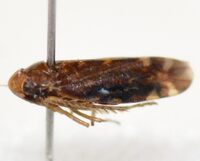 | Photo by: J. B. Sullivan
Jones Co.
Comment: uv trap; female, 3.4 mm, photographed by K. Kittelberger | 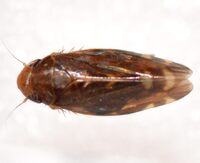 | Photo by: J. B. Sullivan
Jones Co.
Comment: uv trap; female, 3.4 mm, photographed by K. Kittelberger |
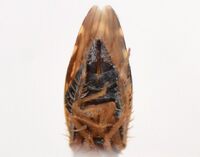 | Photo by: J. B. Sullivan
Jones Co.
Comment: uv trap; female, 3.4 mm, photographed by K. Kittelberger |  | Photo by: Rob Van Epps
Madison Co.
Comment: |
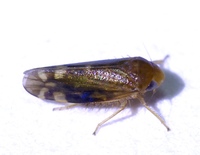 | Photo by: Rob Van Epps
Madison Co.
Comment: | 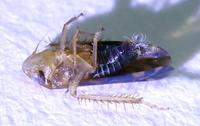 | Photo by: Rob Van Epps
Madison Co.
Comment: |
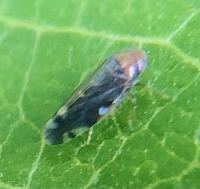 | Photo by: Ken Kneidel
Mecklenburg Co.
Comment: resting on leaf, wooded, edge habitat |

 »
»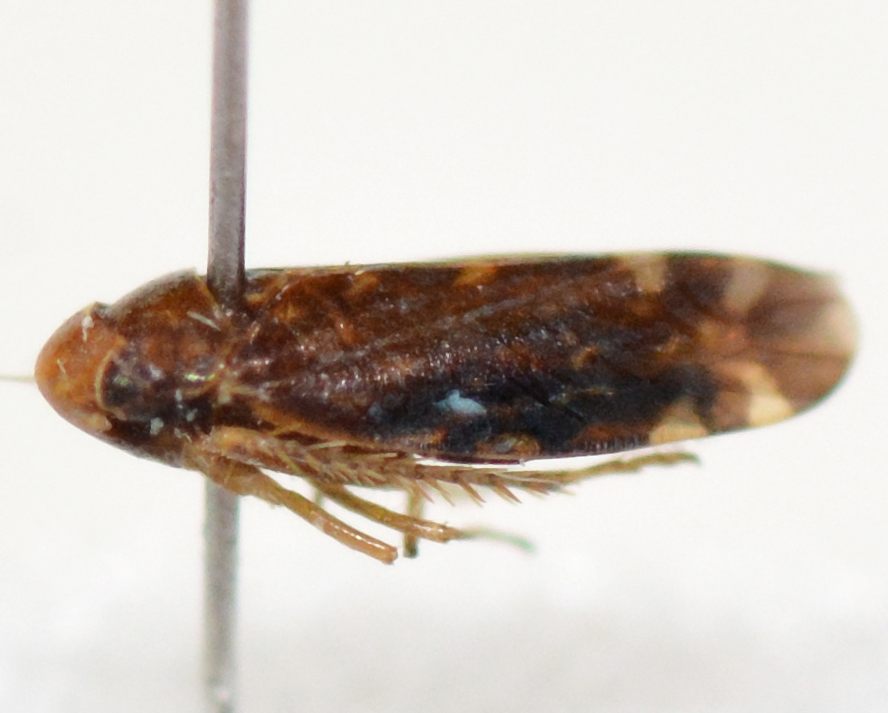
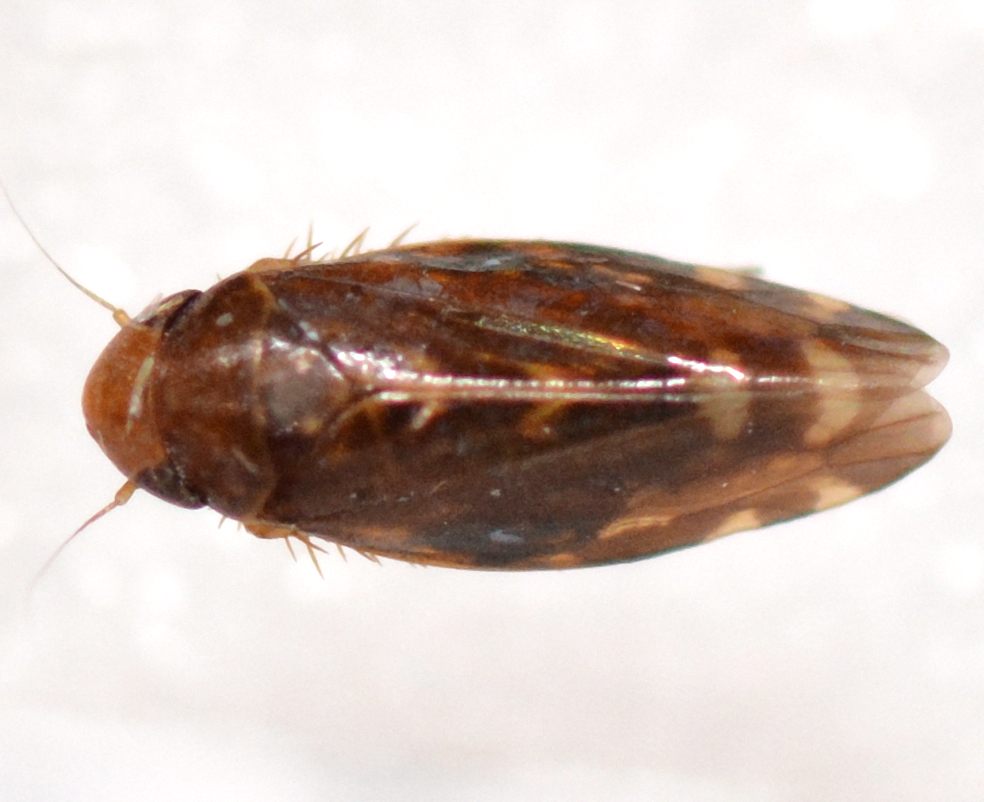

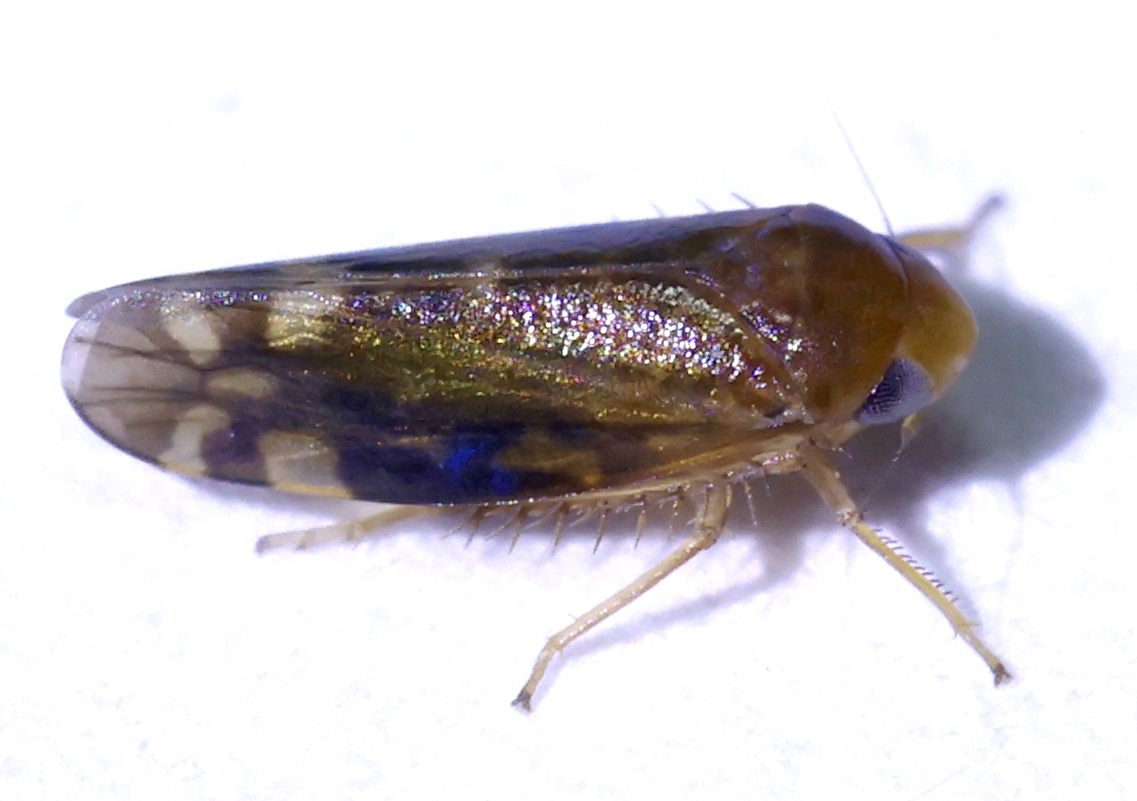

 »
»


